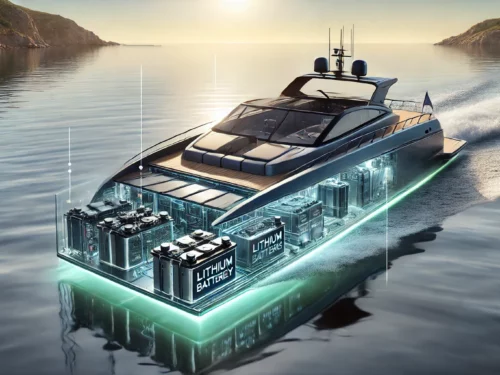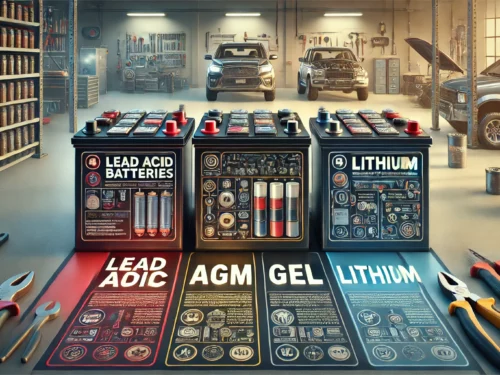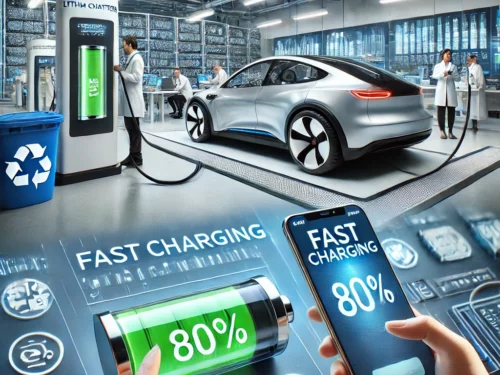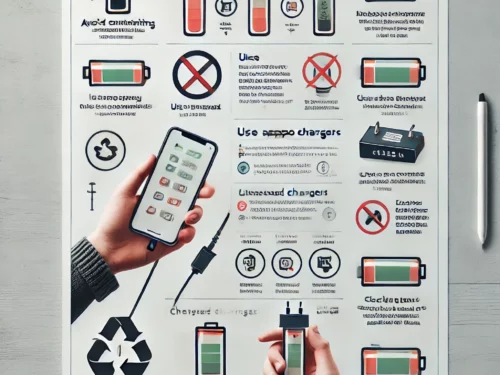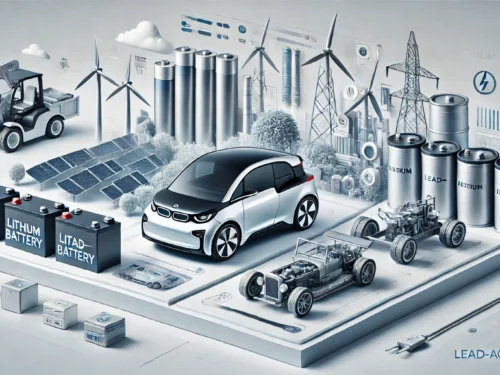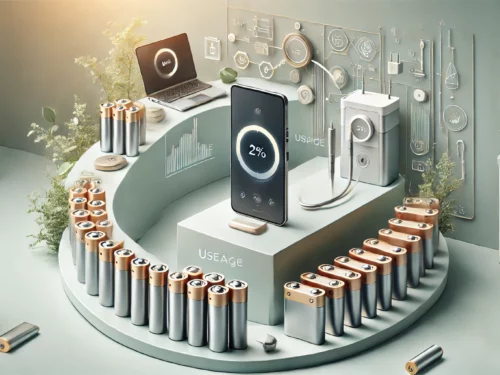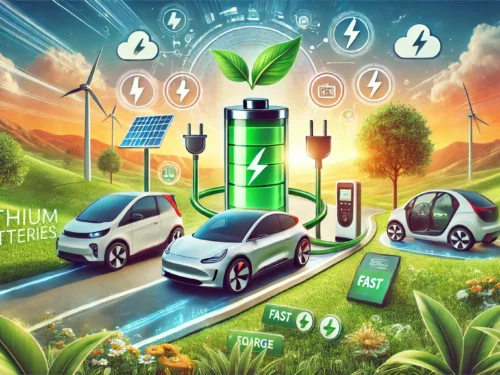You can have the best panels, the sleekest charger, or a brand-new marine inverter. But if your batteries die? It’s lights out—literally.
Batteries are the heartbeat of both off-grid homes and boat power systems. Want them to last? You’ve got to take care of them.
This isn’t rocket science. But it does matter. Let’s break it down.
1. Know Your Battery Type First
Not all batteries are created equal. Before you do anything, know what you’re working with:
- Flooded lead-acid – Old-school, low-cost, but high-maintenance.
- AGM (Absorbent Glass Mat) – Sealed, spill-proof, and low maintenance.
- Lithium (LiFePO4) – Lightweight, efficient, and smart, but not invincible.
Each type has its quirks. Maintenance means different things depending on the chemistry.
2. Don’t Let Them Sit at Zero
Leaving any battery—especially lithium—at 0% can cause real damage. Flooded and AGM batteries can bounce back a bit, but lithium might not.
3. Keep Them Topped Off—But Not Overcharged
Batteries like a full belly. But not a feast. Constant overcharging cooks the internal components and shortens lifespan.
- Flooded lead-acid: Keep them between 50–100%. Dropping below 50% too often invites sulfation.
- AGM: Handles deeper discharge better, but still prefers full charges.
- Lithium: A BMS helps manage things, but avoid floating at 100% for days on end. Store closer to 70% if idle for long periods.
Use a smart charger. Program the voltage limits. And if you’re not sure—check the specs from the manufacturer. Guesswork and batteries are a bad match.
4. Check Your Charger Settings
Just because it “fits” doesn’t mean it works. Plenty of chargers support multiple battery types, but you have to set them correctly.
Many default to lead-acid profiles. These won’t optimize charge curves for lithium and could damage your expensive bank. Double-check bulk, absorb, and float voltages.
Modern inverter/chargers and MPPTs have menus for this. Dig in. Set the profile. You spent good money on your battery—spend 10 minutes on its charger.
5. Watch the Temperature
Hot batteries age faster. Cold ones lose performance. Either extreme shortens lifespan.
The ideal temperature for most battery types is between 10°C and 30°C. Flooded cells may freeze if temperatures dip low enough. Lithium batteries should never be charged below freezing—this can cause lithium plating, a condition that can permanently damage the cells.
Store batteries in an insulated enclosure or compartment with ventilation. Use heating pads in winter or fans in summer. Plan based on your climate and usage.
6. Inspect Regularly—Even the Sealed Ones
Just because your battery is sealed doesn’t mean it’s invisible. All batteries benefit from occasional inspection.
Flooded batteries need water top-ups monthly in warm weather. Look for cracks, bulging, or leaking around caps. For AGM and lithium, check terminal connections, physical damage, or signs of swelling or heat.
Make it a habit—one minute a month. Prevention beats replacement.
7. Keep Terminals Clean and Tight
Loose or corroded terminals add resistance. That means heat. And heat inside an electrical system is never a good thing.
Salt air accelerates corrosion, especially on boats. So does water exposure and even humidity. Use terminal protectors, dielectric grease, or anti-corrosion spray.
Give every terminal a gentle torque check every 2–3 months. Don’t overtighten, but don’t let them wiggle. Secure power is safe power.
8. Ventilate—Always
Flooded batteries release hydrogen gas during charging. It’s flammable and explosive in the right conditions. That’s not what you want near electronics or people.
Install proper ventilation in enclosed compartments. Ducting, small fans, or even passive vents can help prevent buildup.
Even sealed batteries can warm up under load. Good airflow extends lifespan and reduces fire risk.
9. Equalize (But Only If You Should)
Equalization is a deliberate overcharge to stir the electrolyte and burn off sulfation. It helps flooded flooded lead-acid batteries live longer—but only when needed.
Use only on flooded cells, and only when you see imbalance or voltage drift. Do not equalize AGM or lithium under any circumstance.
A controlled equalization cycle every few months keeps lead-acid cells balanced. Check water levels before and after.
10. Update Firmware on Smart Systems
Lithium batteries, MPPT charge controllers, and inverter/chargers often have upgradable firmware. These updates improve efficiency, compatibility, and safety features.
Manufacturers like Victron, Renogy, and Battle Born release updates to correct bugs or improve charge performance.
Check your manual. Download the app. If your gear supports updates, apply them. The longer you delay, the more features you miss.
11. Store Them Right in the Off-Season
Off for the winter? Don’t just shut the door.
Flooded and AGM batteries should be fully charged before storage. Top up electrolyte and check levels before leaving. A low, slow trickle charge keeps them healthy.
Lithium prefers a 50–70% charge. Disconnect it fully, especially from any parasitic draws like standby displays or relays.
Label your cables. Mark the voltage. And if it’s cold—store batteries indoors if you can.
12. Size Matters (It Really Does)
Battery banks that are too small get overworked. Overworked batteries degrade fast.
Calculate your daily amp-hour needs. Add 20–30% buffer. Then size your bank.
Don’t forget your charger, too—charge rates should be matched to your bank size. Undersizing anything leads to imbalance, overheating, and early failure.
13. Don’t Mix and Match
Mixing chemistries in one bank? That’s a hard no.
Even mixing old batteries with new ones causes trouble. Variations in internal resistance lead to uneven charge/discharge, reduced efficiency, and premature wear.
If one battery fails—replace the set. Otherwise, the weakest link pulls down the whole system.
14. Use Monitoring Tools
A voltmeter is fine. A shunt-based monitor is better.
Monitoring devices tell you how many amp-hours you’ve used, what your real-time current draw is, and whether you’re charging properly.
Use Bluetooth modules or digital panels. The data doesn’t just help—it prevents surprises. And in off-grid setups, surprises are rarely fun.
15. Educate Everyone Who Touches the System
You might know what that breaker does. Your friend or crew might not.
Label everything clearly. Laminate a quick-start guide and tape it inside the battery compartment.
If you have guests on your boat or people staying at your cabin, show them how to safely disconnect or check system health. Because when something goes wrong—you don’t want to be the only one who knows what to do.
“It’s not the system that fails—it’s the person who didn’t read the manual.”
You take care of your batteries, and they’ll take care of you.
Ignore them, and you’re gambling with your lights, your fridge, and your peace of mind.


